Graphics Programs Reference
In-Depth Information
little more. You'll see a keyframe for Translate Y and most probably for Translate X,
as well as Rotate Z.
If you play back the animation, the follow-through doesn't look good. The axe hits
the target and then digs into it as if the action were done in two separate moves by
two different animators who never talked to each other. You need to smooth out the
transition from the axe strike and its follow-through in the Graph Editor.
5. Highlight the Rotate Z attribute in the Graph Editor to get rid of the other curves in
the window. Figure 8.18 shows the Rotate Z curve of the axe after the follow-through
animation is added.
6. Focus on the last three frames of the curve, and zoom into that range only. The
curve, as it is now, dips down past where it should and recoils back up a small
amount.
When you set keyframes, you create animation curves in the Graph Editor for the
axe. These curves are Bézier splines, which stay as smooth as possible from begin-
ning to end. When you set the new keyframe, rotating the axe about 1.5 more
degrees for follow-through, the animation curve responds by creating a dip, as
shown in Figure 8.21, to keep the whole curve as smooth as possible.
Figure 8.21
The normalized
Rotate Z curve of
the axe after the
follow-through
animation
s e C ondary Motion and Follow-t hrough
s e C ondary Motion and Follow-t hrough
Secondary motion
in animation comprises all the little things in a scene that move because
something else in the scene is moving. For example, when a superhero jumps from a tall
building and his or her cape flutters in the wind, the cape's undulation is secondary motion.
Follow-through
is the action in animation that immediately follows an object's or a char-
acter's main action. For example, after the superhero lands from their jump, his or her knees
buckle a little, and the superhero bends at the waist, essentially squashing down a bit. That
squashing motion is follow-through. The more follow-throughs, the more cartoon-like the
animation appears.
Secondary motion
in animation comprises all the little things in a scene that move because
something else in the scene is moving. For example, when a superhero jumps from a tall
building and his or her cape flutters in the wind, the cape's undulation is secondary motion.
Follow-through
is the action in animation that immediately follows an object's or a char-
acter's main action. For example, after the superhero lands from their jump, his or her knees
buckle a little, and the superhero bends at the waist, essentially squashing down a bit. That
squashing motion is follow-through. The more follow-throughs, the more cartoon-like the
animation appears.



